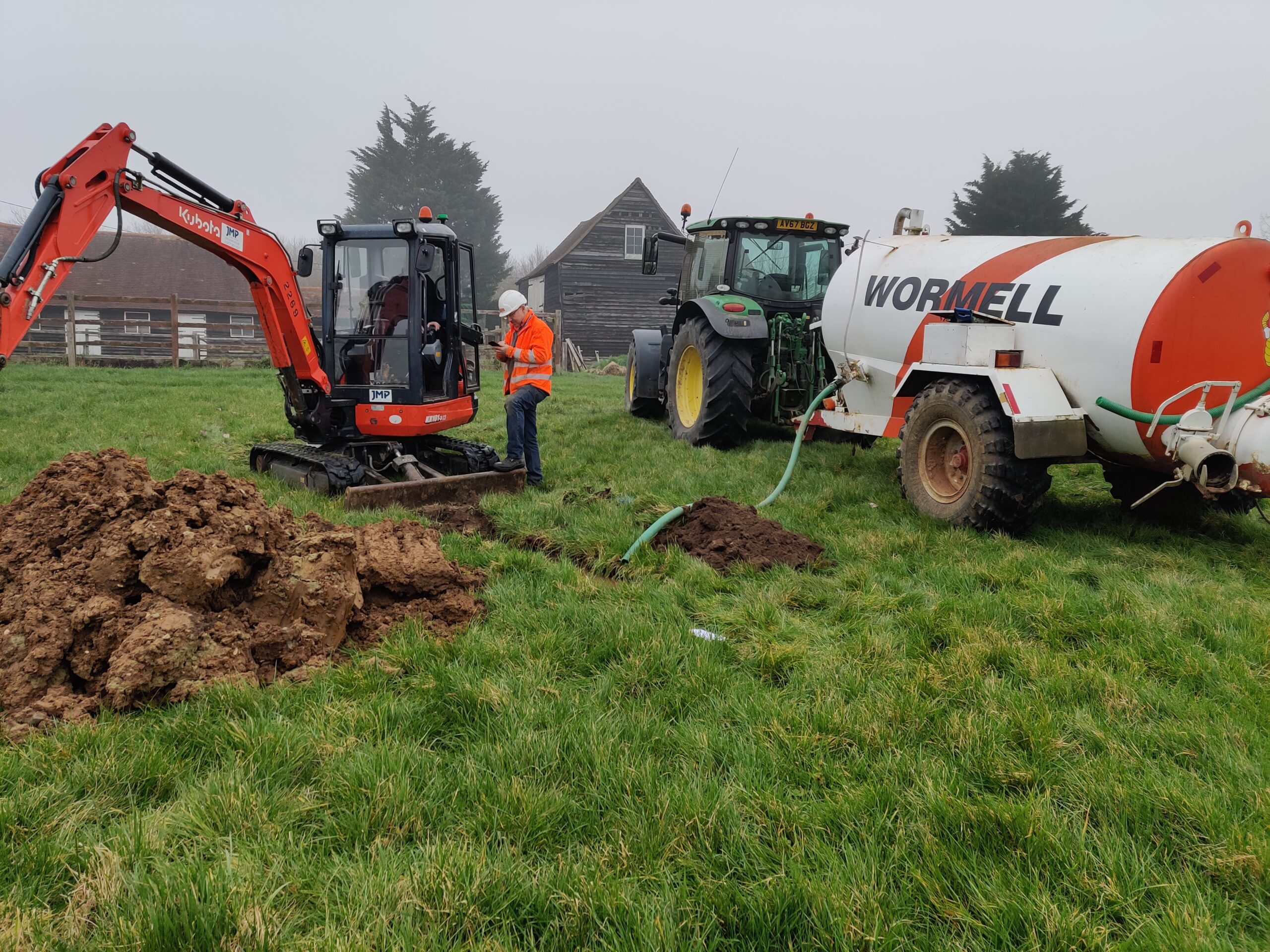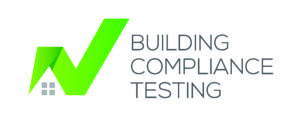
Contaminated Land Surveys
Building Compliance Testing Limited can provide you with thorough and efficient Desktop Studies, Conceptual Site Models and Preliminary Risk Assessments and wide range of geo-environmental services
Contaminated Land Assessment
Assessment of risks associated with potentially contaminated land follows a phased approach, adhering to UK policy and technical guidance provided by the Environment Agency’s Land Contamination: Risk Management (LCRM) procedures and British Standard BS10175. The process consists of four stages:
1. Phase I Desktop Study and Preliminary Risk Assessment (Stage 1)
This involves data review and risk assessment.
This initial stage involves a comprehensive review of existing data and documents related to the site. The objective is to identify potential environmental and regulatory risks associated with the land. This phase aims to provide an initial understanding of the site’s history, potential sources of contamination, and potential risks. The findings from this stage inform the need for further investigation.
2. Phase II Intrusive Site Investigation (Stage 2)
This includes physical sampling and testing to further assess contamination.
If the Phase I study identifies potential contamination concerns, Phase II begins. It involves physically sampling and testing soil, groundwater, or other site materials to assess the extent and nature of contamination. This stage aims to provide a more detailed and accurate understanding of the site’s contamination levels, distribution, and the potential risks it poses to the environment and human health.
3. Phase III Remediation Method Statement (Stage 3)
This is where a detailed plan for clean-up and restoration is developed.
After the contamination has been characterized in Phase II, Phase III focuses on developing a Remediation Method Statement. This stage includes the creation of a detailed plan that outlines the specific methods, techniques, and procedures to be employed for cleaning up and restoring the contaminated site. The Remediation Method Statement is designed to ensure compliance with environmental regulations and standards and to minimize the risks associated with the contamination.
4. Phase IV Remediation Verification and Validation (Stage 4)
This ensures the effectiveness of the clean-up efforts and regulatory compliance, thus completing the risk management process for contaminated land.
In the final phase, the effectiveness of the remediation efforts carried out in Phase III is assessed. This phase involves rigorous monitoring, testing, and evaluation to verify that the contamination has been adequately addressed, and the site is now in compliance with regulatory requirements. Validation confirms that the remediation goals have been achieved, and the site is suitable for its intended use.
These four stages collectively provide a comprehensive and systematic approach to managing and mitigating risks associated with contaminated land, ensuring that the land can be safely and effectively remediated and returned to productive use in compliance with environmental regulations and standards.
Other Services
We can also offer a variety of specialist services through our Partners, including:
– Groundwater, Gas and Leachate Monitoring
– Geotechnical Services: TRL Dynamic Cone Penetrometer Testing
– BRE 365 Soakaway Testing
 Contaminated Land Frequently Asked Questions
Contaminated Land Frequently Asked Questions
Questions? We’ve Got Answers!
Find below a list of common frequently asked questions about Contaminated Land.
Coming Soon
 Have a project in mind?
Have a project in mind?
Let’s get to work.
 Building Compliance Testing empowers the built environment sector to deliver projects that go beyond environmental planning and building regulation compliance.
Building Compliance Testing empowers the built environment sector to deliver projects that go beyond environmental planning and building regulation compliance.
From concept to completion, we provide all your compliance needs under one roof.
Build. Comply.
Sitemap
Careers
Privacy Policy
Terms and Conditions
 Contact Us
Contact Us
Office Address
26 Wantz Road, Maldon Essex CM9 5DE
Call Us 24/7
01621 493594
Email Us
contact@buildingcompliancetesting.com
Follow Us
@build_comply

